Lightsail 2任务是由美国行星协会(Planetary Society)开发的一个众筹项目,现已成功部署太阳帆,并从位于低地轨道的位置上发回了令人震撼的照片。
太阳帆利用太阳光进行推进:它不是吸收光子发电,而是由拳击台大小的太阳帆反射光粒子,所获动量用于推动面包大小的卫星在真空空间中穿行。
太阳帆于2019年6月开始了进入太空的旅程。上周末,行星协会公布了全球首次亮相的照片。“太阳帆成功部署并开始帆控制,完成了我们关键的发射后阶段,”LightSail 2项目经理David Spencer表示,“现在我们已为太阳帆的使命——追踪轨道如何变化并评估太阳帆的性能做好了准备。”
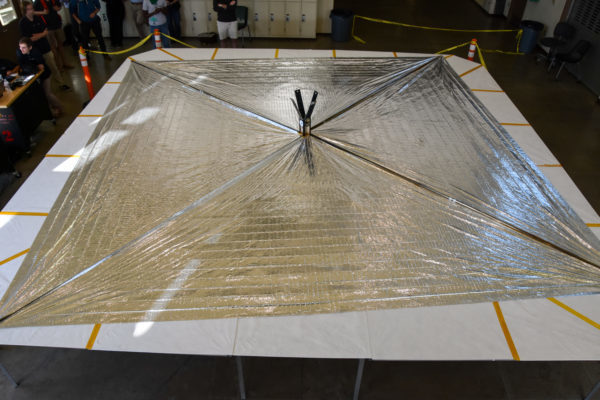
图片来源:行星协会
卫星数据显示,它每到一个轨道上都会朝着太阳进行转向一次,使它获得抬升轨道的微小的推力。行星协会对用于推动未来太空探索任务的太阳帆抱有很高的期望,它借助少量的连续推力,最终能够达到比化学火箭更高的速度。这项技术已经可以与Cubesats一起使用,这是一种小型的标准型卫星。
不过协会也指出,太阳帆提供的推力“并不比回形针的重量更大”。预计卫星重新进入地球大气层将需要大约一年时间。
Lightsail 2项目在2009年3月至2019年3月期间获得了700万美元的资金。其中2015年的kickstarter活动筹集到124万美元,行星协会成员和私人民众也提供了进一步的资金。
This content is protected by copyright and may not be reused. If you want to cooperate with us and would like to reuse some of our content, please contact: editors@pv-magazine.com.
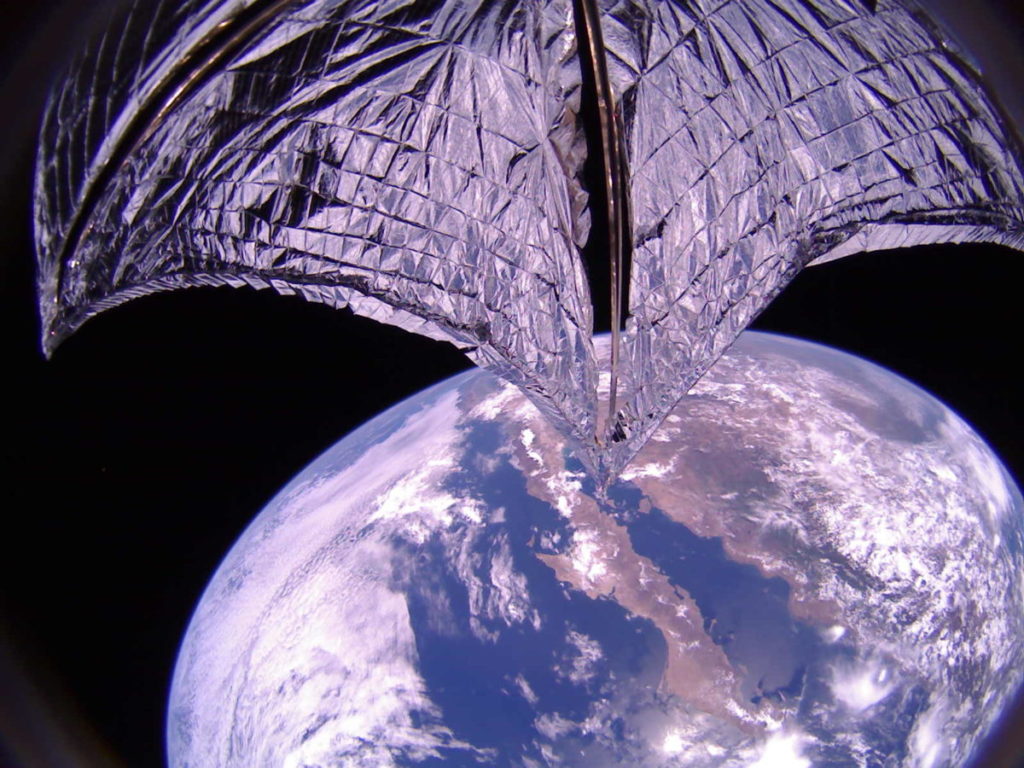
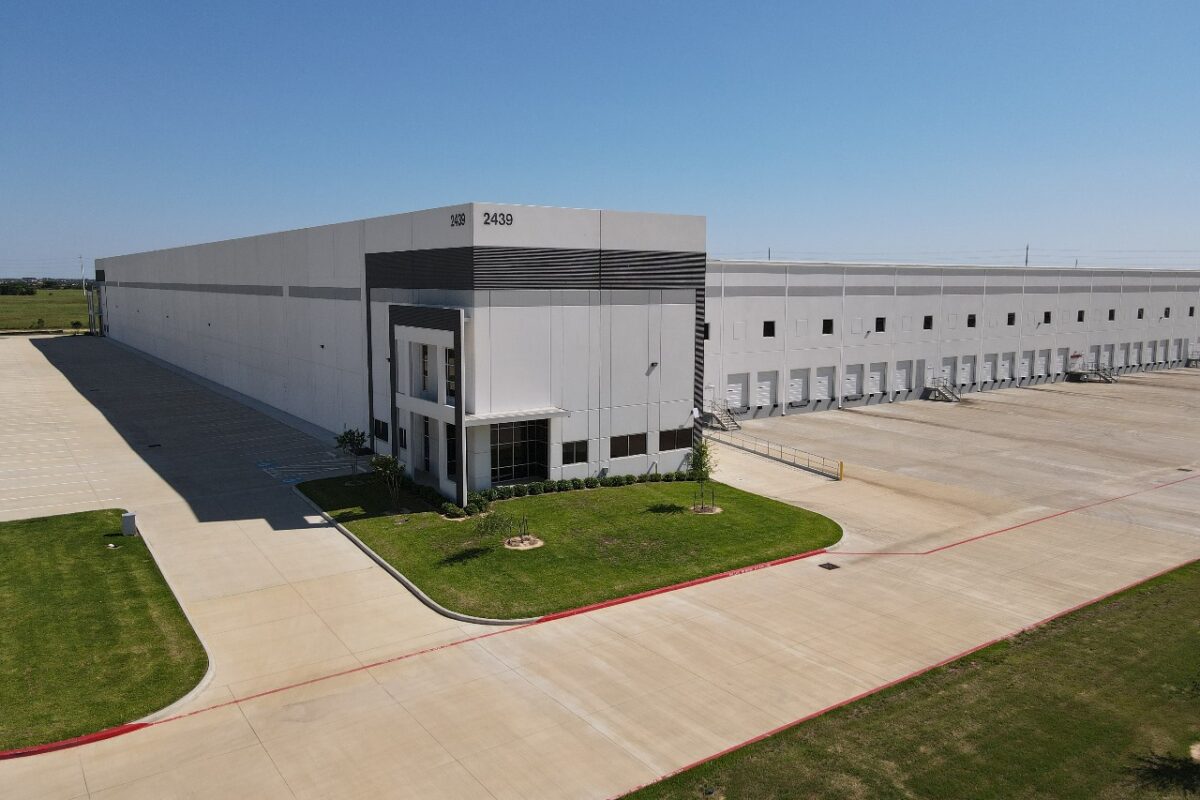


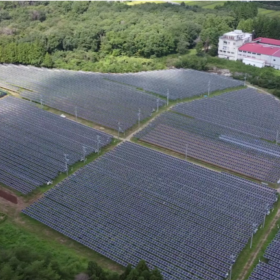
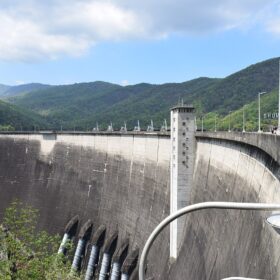
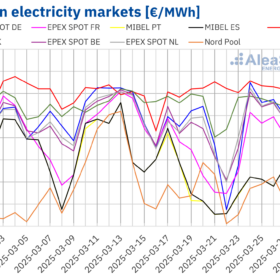





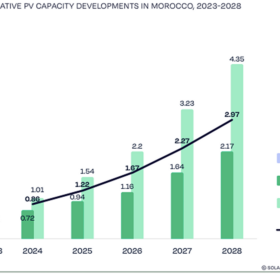

By submitting this form you agree to pv magazine using your data for the purposes of publishing your comment.
Your personal data will only be disclosed or otherwise transmitted to third parties for the purposes of spam filtering or if this is necessary for technical maintenance of the website. Any other transfer to third parties will not take place unless this is justified on the basis of applicable data protection regulations or if pv magazine is legally obliged to do so.
You may revoke this consent at any time with effect for the future, in which case your personal data will be deleted immediately. Otherwise, your data will be deleted if pv magazine has processed your request or the purpose of data storage is fulfilled.
Further information on data privacy can be found in our Data Protection Policy.